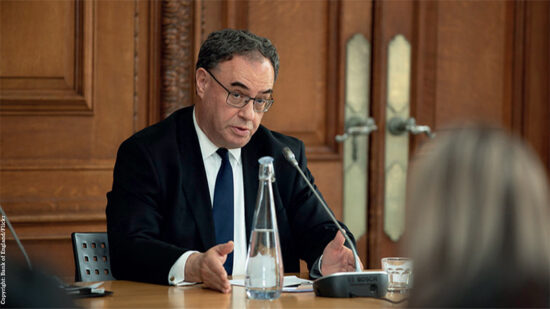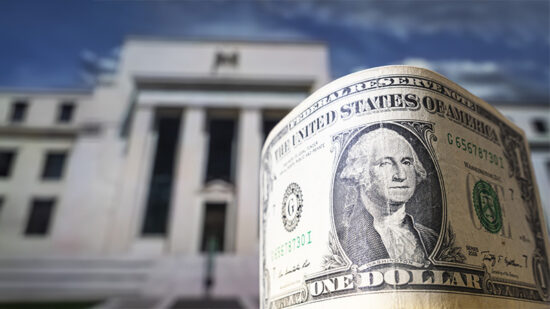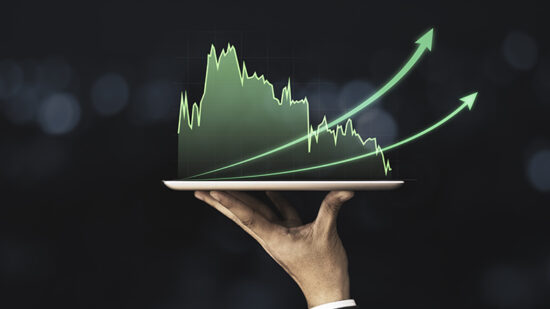All 51 economists polled by newswire Reuters expect India’s monetary policy committee to keep the country’s key lending rate unchanged at 4%.
The six-member group meets every two months, with the next announcement due on 4 June.
From its most recent high of 6.25% in August 2018, the repo rate dropped steadily before hitting 4% in May 2020, where it has remained.
The expectation that rates will hold steady is a positive sign during a time of great turmoil in India.
The country remains in the grasp of the pandemic; although indications are that it has moved past the peak, as daily death figures have dropped consistently over the past couple of weeks.
Equity resilience
The personal and financial devastation caused by the second wave appears to have been shrugged off by India’s equity markets, according to UTI International.
Praveen Jagwani, Singapore chief executive at the firm, wrote recently: “Markets typically price the known risks to perfection and the economic impact of the second wave seemingly falls in the category of known risks.
“This week, India’s market capitalisation crossed $3trn (£2.1trn, €2.5trn) for the first time a testament to India’s core strengths.”
He added: “In the part 12 months, foreign investors pumped an unprecedented $34bn into India equities. Evidently, no one wants to be excluded from the ferocious recovery rally, the likes of which we witnessed in 2020.
“Domestic investors continue to invest regularly into Indian equities even as foreign investors apprehensively trade in and out on a tactical basis.”
Recovery efforts
Jagwani said that UTI expects “the GDP growth for 2021 to be around 9.5%, making India the world’s fastest growing large economy”.
He added that the second lockdown “did not really hamper economic activity”.
“Overall, businesses and consumers seem better adjusted to the restrictive environment this time around. In the coming weeks, as vaccinations accelerate and restrictions are gradually eased, we foresee pent-up demand to induce a strong recovery.
“In addition, the government is planning a new round of stimulus packages to support the vulnerable segments and promote job creation.”
Uncertainty
But, like most of the world, there remain considerable hurdles to overcome.
Official data published on 31 May shows that the Indian economy contracted by 7.3% in 2020/21.
This marks its worst recession since independence, reports newswire AFP.
The economy grew by 1.6% between January to March after two consecutive quarters of contraction – putting the country in a technical recession.
Figures from Bangalore’s Azim Premji University reveal that about 230 million Indians fell into poverty during the pandemic – quantified as living on less than INR 375 (£3.50, $5, €4) per day.
Combining this with the staggering job losses and unfathomable loss of life – India has a steep hill to climb before it emerges from the pandemic.
As reported by International Adviser last week, if the vaccine rollout continues at the current pace, it could take up to three-and-a-half years to vaccinate 70% of the population.
Ultimately, the signs are positive – but we’re not out of the woods just yet.








